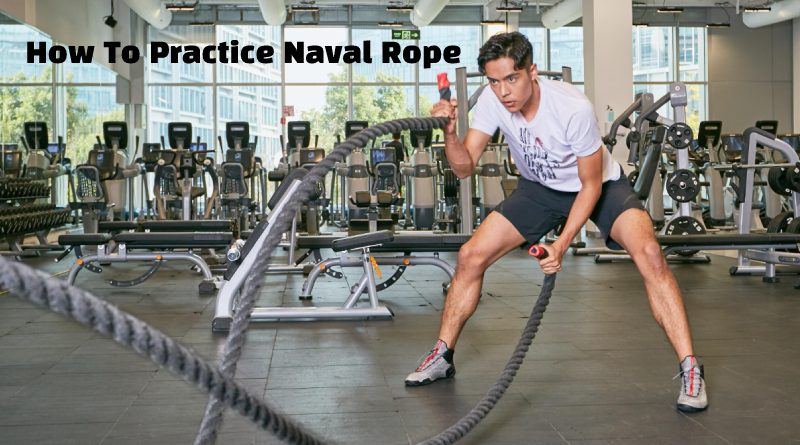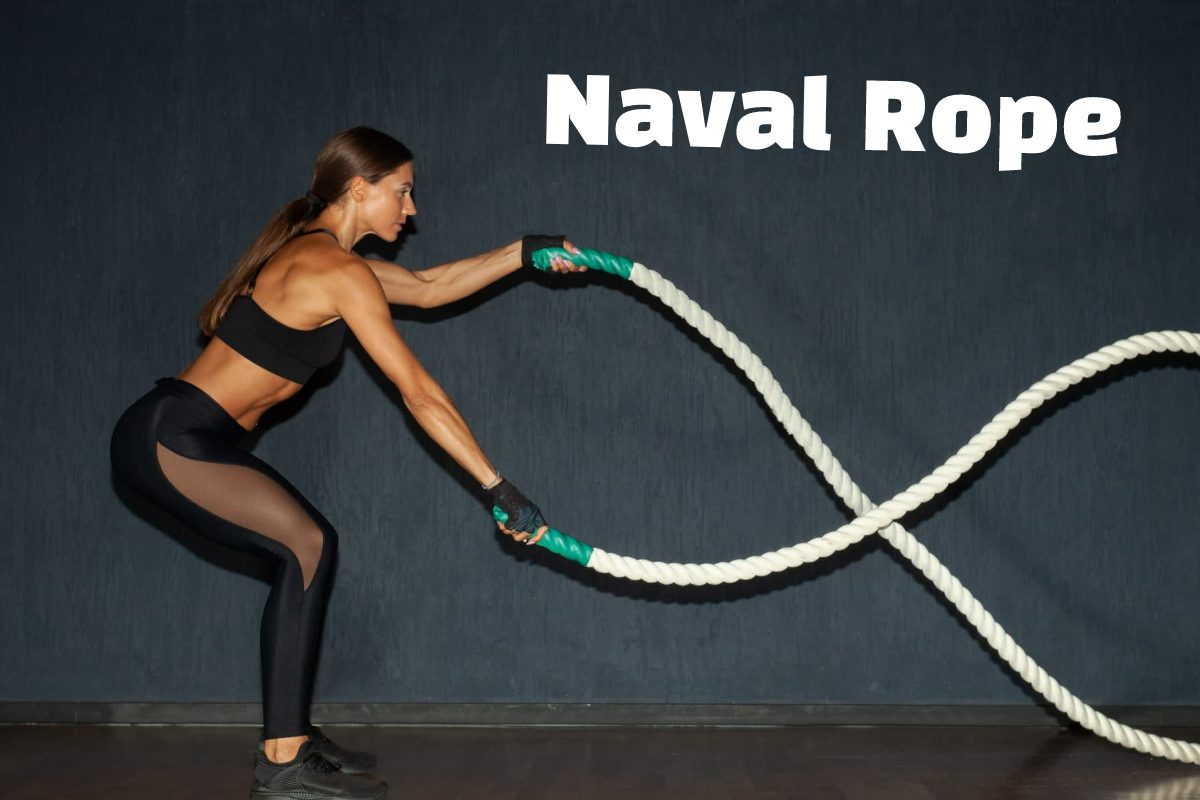Table of Contents
Introduction
The Naval Rope or Functional Training Rope has become common in functional training and gyms for its resistance and robustness that promise significant caloric expenditure in dynamic and aerobic activities. It is a differentiated exercise, leaving aside the monotony of conventional practices.
What Is The Origin Of The Naval Rope?
This type of rope will use on ships to handle large loads, making them thick and heavy. It was not common in gyms to practice some exercises, so these ropes were used to improve physical conditioning. Thus, they arrived as much sought-after practice for their physical conditioning and caloric expenditure results.
Why Is Naval Rope So Use?
Functional training gained a lot of space for its streamlined techniques and mainly for the promise of working for all muscle groups in an integrated way. The naval rope has proved to be one of the most effective materials in these training sessions.
What Are The Benefits Of Naval Rope
Rope training has been shown to improve power, strength, flexibility, and endurance. Toned muscles and fat loss are the outcomes of regular heavy ropes training. One’s heartbeat increases dramatically after a few whips of these thick ropes.?
- more agility
- Improved Motor Coordination
- Improved Balance
- cardiorespiratory training
- Group Muscle Strengthening
- Caloric expenditure of up to 600 calories/class.
- This exercise utilizes all the muscle groups in your upper body: shoulders, biceps, triceps, lats, and pecs as you whip the ropes down,” explains the author. It’s also one of those deceptively complex core exercises that requires you to maintain abdominal stability while moving your arms.
- Abrasion resistance.
- Crushing opposition
- resilience to fatigue.
- Corrosion protection.
- Resistance to rotation.
- Naval Rope is a strength-based exercise that also works your cardiovascular system, so you’ll burn twice as much fat in half the time as long-duration cardio.
How To Practice Naval Rope?

The rope is usually 9 to 15 meters long and 3 to 6 centimeters thick, and the activity can be performed alone or with the teacher’s help. The student holds both ends of the rope while the rope can be secured to a fixed location on the floor.
Another exercise option is to ask the teacher to hold one end and the student to hold the other. The movements that must be performed are: diagonal, vertical, horizontal, up, down, and undulating, accompanied or not by squats, always at high-intensity levels and constantly.
Is Fighting Naval Rope Superior To Running?
And that’s just an average; you may burn even more depending on your weight, your level of activity, and other variables. If you cap it off at 169 calories, that comes out to just more than 12 calories per minute. Battle rope training currently outperforms stair running, jumping jacks, burpees, and even Naval Rope
What Are The Main Precautions?
Practicing exercises with the naval rope must always be accompanied by a trained professional. A movement performed incorrectly can cause severe damage to the spine and the limbs in question due to the significant load exerted on them. The posture must be maintained throughout the practice to have better results and avoid further damage.
Can I Practise Naval Rope Daily?
Depending on your fitness objectives. How frequently you should use a naval rope workout is all up to you. Do a few challenging battle rope weekly sessions to get shredded and increase your athleticism. You may also use the combat rope for a daily 10-minute workout.

